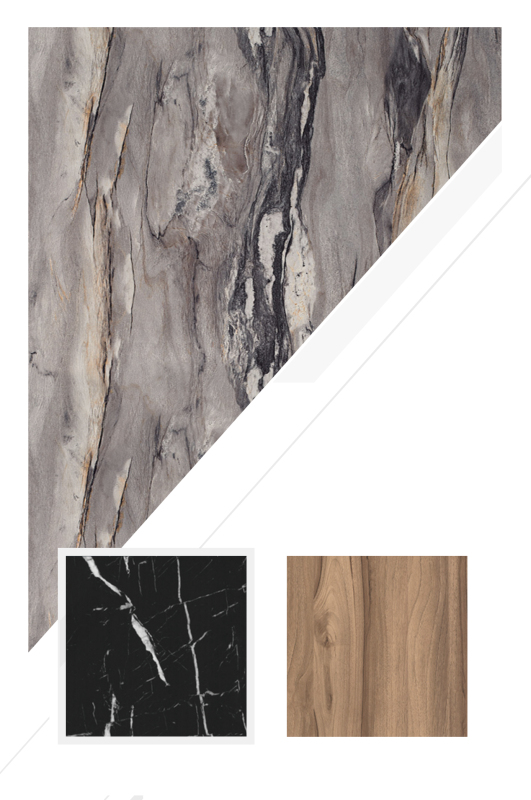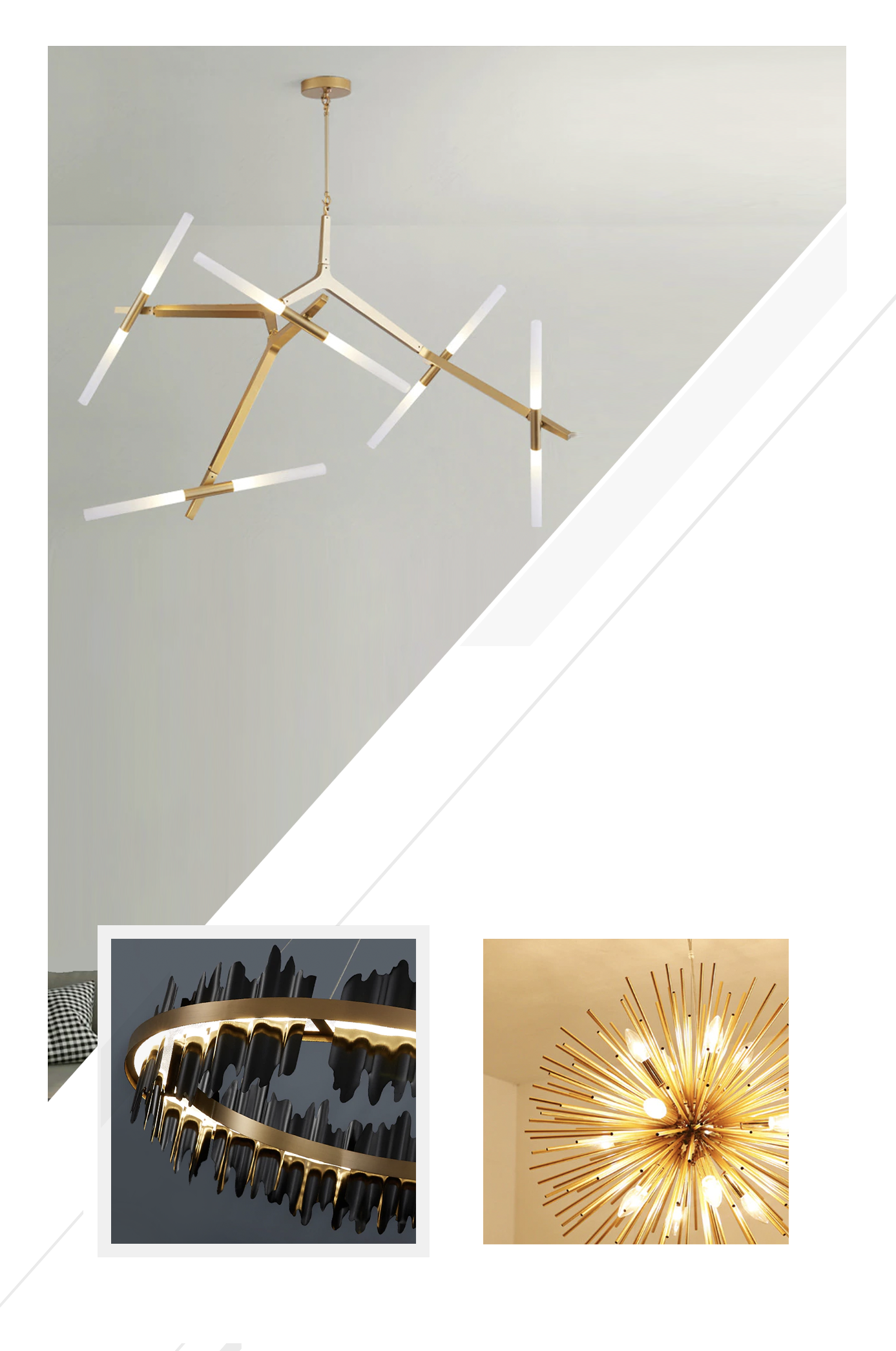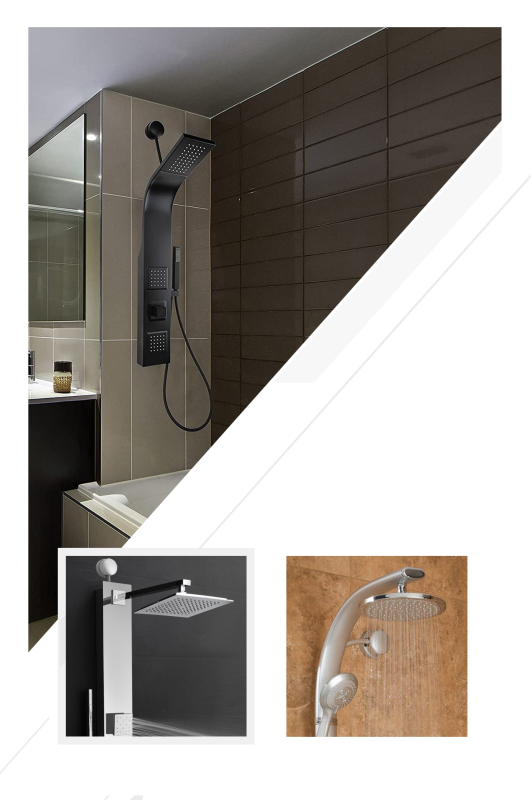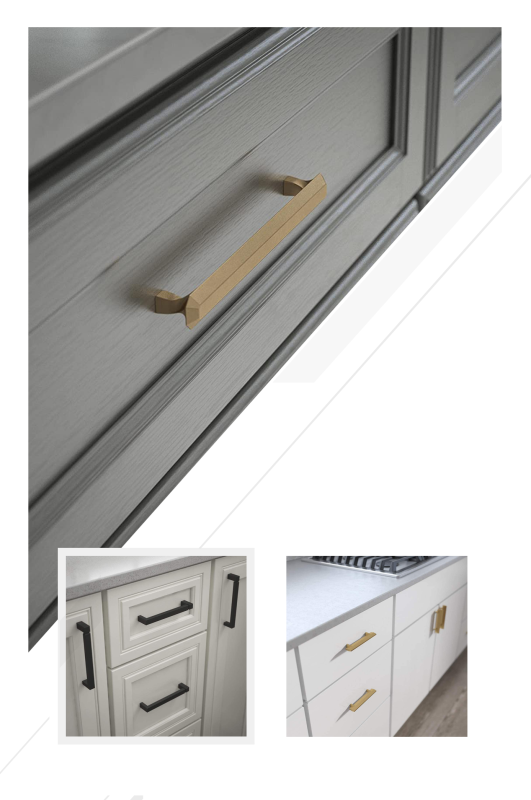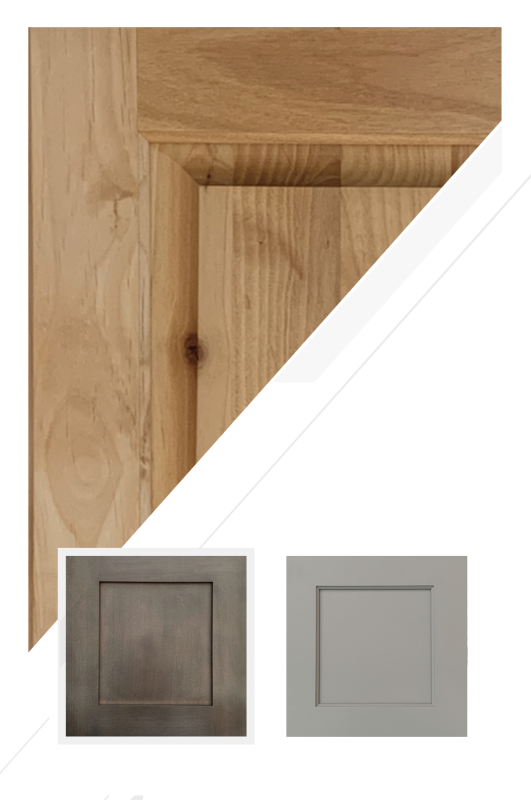Clean Air, Healthy Home: Smoke-Ready Design and Indoor Air Quality for California Rebuilds
By Joy Line Homes California
After a wildfire season, clean indoor air is not a luxury. It is a daily need. Joy Line Homes designs smoke ready modular homes that protect lungs, calm allergies, and make life feel normal during bad weeks. We combine tight envelopes, balanced ventilation, advanced filtration, and easy to follow routines. Families in Los Angeles, Ventura, Santa Rosa, Napa, and Paradise breathe easier because every choice respects health first and design always.
Air quality is a system. Walls must seal. Vents must be placed with care. Filters must be sized and simple to reach. Fans must move the right amount of air with a quiet tone. When the parts work together, the home stays clear even when the outside world turns gray.
A Tight Shell that Still Breathes Right
A smoke ready home begins with a tight envelope. We seal penetrations, enclose eaves, and pick windows and doors with strong gaskets. This lowers uncontrolled air leaks that carry dust and smoke. At the same time, we provide planned fresh air with balanced ventilation. The result is comfort without drafts and clean air that moves on purpose rather than by accident.
On set day, seams close with continuous gaskets and flashing. After finishes, we verify that doors latch with a light touch and that weatherstrips meet fully at corners. Small checks add up to a calm interior year round.
Balanced Ventilation that Works Every Day
We favor simple, reliable systems. A balanced ventilator supplies and exhausts small amounts of air at the same time. Filters sit where hands can reach them without tools. Duct runs are short and smooth. Bedrooms receive quiet, steady air rather than gusts. Kitchens and baths use separate fans with backdraft protection and short ducts that clear moisture fast. The feel is fresh without noise or cold spots.
In coastal Ventura, we adjust for salt air and add corrosion aware parts. In hot valleys near Los Angeles and Napa, we tune supply temperatures and airflow to keep the home from feeling dry or sharp in the afternoon.
Filtration that Catches the Small Stuff
Good filters are health tools. We specify high performance filters sized for low pressure drop so fans do not struggle. Return grilles are large. Filter racks seal at the edges. Owners can slide a new filter in place without bending or crumpling it. We post a simple chart in the mechanical space with sizes and dates. During heavy smoke, the schedule shifts to more frequent changes. The system stays strong because maintenance is easy and visible.
For rooms that need extra care, we plan for one or two portable cleaners with dedicated outlets on quiet circuits. They add a small, flexible layer of protection for sensitive lungs or for work from home days when outside air feels rough.
Smoke Mode: One Button, Clear Plan
Bad air days should not require a manual. Joy Line programs a single scene called Smoke Mode. With one button, the home closes outside air, sets the ventilator to recirculation if the model allows, runs filtration at a steady rate, and drops fan noise to a calm level. Bath fans move to short timed bursts. The thermostat holds a steady setpoint that avoids big swings. Owners see a light on the wall and know the plan is active. When air improves, the system returns to normal with another tap.
This simple routine lowers stress. Families focus on daily life while the house does the hard work in the background.
Quiet Kitchens, Clear Air
Kitchens can fill a home with particles even on clear days. We use range hoods with short, straight ducts and tight backdraft dampers. The hood sits at a height that catches steam without banging heads. Make up air is planned so doors do not slam or whistle. Induction cooktops reduce heat and particles. The result is a space that cooks well, smells clean, and never fogs the house during a busy dinner rush.
For accessory units, compact hoods and simple timers keep noise low and performance high. Guests can follow the routine without instructions because the controls are obvious and labeled.
Bedrooms that Sleep Clean
Sleep is when the body repairs. We route supply air gently into bedrooms and place returns so air crosses the room rather than circling in one corner. Filters on portable units face the bed wall for a short path. Window shades reduce afternoon heat and protect seals. Carpet, if used, is low pile and easy to clean. Surfaces favor closed storage over open shelves. The room feels simple, quiet, and ready for rest even during smoky weeks.
In Santa Rosa neighborhoods, we set grills where they avoid headboards. In Napa rural parcels, we consider farm dust and add a quick cleaning path that becomes part of a weekend routine.
Entry, Mud, and Laundry Routines
Dust arrives on shoes and jackets. A small entry bench, a mat that actually traps grit, and a closed bin for smoky clothes help more than any fancy device. Laundry rooms receive strong, short duct fans and a spot for a portable cleaner if the day is bad. Doors seal well so the rest of the home does not share that air. These simple choices remove particles before they spread and keep the main rooms feeling fresh.
On hillside lots in Los Angeles, stairs often lead from the drive. We place a mat landing with a hose point near the door. Shoes and pet paws get a quick rinse long before dirt reaches the hall.
Materials that Clean Fast and Stay Calm
Finishes should help the air rather than fight it. Smooth walls, sealed counters, and closed storage collect less dust and wipe clean in minutes. Floors favor durable surfaces with tight joints. Fabrics are chosen for easy care. We use low emitting materials throughout. The home smells neutral, not sweet or chemical. Fresh air and good filters do the rest, and owners spend more time living than cleaning.
In coastal areas, corrosion aware hardware keeps baths and kitchens from growing rough edges that trap grime. In dry valleys, sealed woods and tile trims resist dust buildup at transitions.
Windows that Work for You
Windows are for light and views. On good days, cross breeze cools rooms and lifts moods. On smoke days, gaskets and locks must hold. We align shade devices to reduce heat on west glass. Sills slope cleanly. Tracks are easy to wipe. When owners choose to ventilate at night after a storm, screens and paths are ready. When they need to seal tight, the same windows hold fast without rattles or gaps.
Large sliders step off the wall with shade overhead. Beauty remains. The envelope stays safe. The home reads modern and feels secure in any season.
Mechanical Rooms with Space to Work
Service is part of air quality. Filters should be reachable. Fan housings should open without scraping knuckles. Labels should match the binder. We keep three feet clear in front of panels and equipment. Lights are bright. Floors are clean. When a tech can work fast, performance stays true and costs stay low. A tidy mechanical room is an honest promise to your future self.
Clustered rebuilds benefit even more. Inspectors learn the layout. Owners learn the same filter sizes and keep spares on hand. Neighbors help each other because every system looks familiar.
Backyard Air and The First Five Feet
Outdoor space supports indoor health. We finish the first five feet with stone or pavers that sweep clean. Grills live well outside this band on their own pad. Firewood sits on a distant slab with a cover. Planters move off the wall. Hose points land at corners. These steps protect vents and sills from debris and make it easy to rinse tracks after a windy day.
Side yards receive a gravel ribbon that doubles as a service lane. Filters, valves, and meters are checked without stepping through plants. Small habits keep the yard tidy and the house clean.
Power and Air Move Together
Air quality plans pair well with resilience. A battery and a small critical loads panel keep fans and filters alive during outages. Range hoods and bath fans run on timers that respect limited power. When the grid blinks, the routine continues. Rooms stay livable. Sleep stays quiet. Families can wait out a rough spell without feeling trapped or worried.
In Napa rural parcels, we test well pump draw so pressure and filtration can run together. In Paradise lanes, compact equipment and clear labels help crews move fast on busy days.
ADUs as Clean Air Anchors
An ADU can land first and provide a clean, stable base during the main rebuild. It teaches routines, proves the filter schedule, and sets a model for the larger home. The same Smoke Mode, the same filter sizes, and the same service layout make training simple. After move in, the ADU supports family or income and stays ready for guests who may be sensitive to smoke or pollen.
Courtyard layouts allow both homes to share a calm outdoor room with mineral bands and simple shade. The air feels better because the plan is simple and repeatable.
City Notes: One Health Language, Five Places
Los Angeles: Hillsides benefit from quiet fans, tempered glazing, and shade on west glass. Entry mats and hose points near stairs protect halls during dry, dusty days.
Ventura: Salt air favors corrosion aware parts and sealed fasteners at hoods and baths. Vent caps point away from prevailing wind to reduce blowback.
Santa Rosa: Neighborhood lots use slab speed and short ducts. Shared filter sizes across a block keep maintenance easy and approvals quick.
Napa: Rural parcels pair balanced ventilation with dust control at drives. Well rooms receive bright lights and labeled valves for simple seasonal care.
Paradise: Narrow lanes reward compact equipment, labeled doors, and skirts that seal platforms. Torque logs live in the binder near filter charts for fast inspections.
Stories from Recent Homes
In Los Angeles, a family shifted to Smoke Mode during a red day and kept indoor readings in the safe range while windows remained clear. In Ventura, a kitchen with a short duct hood and induction stayed clean during a holiday cook. In Santa Rosa, three neighbors used the same filter size and shared a small stock, which kept schedules on track. In Napa, a bedroom crossflow plan cooled a room at night without drafts. In Paradise, a compact mechanical room with bright lights turned a filter change into a two minute task and kept the house steady through a dusty week.
Care that Fits a Saturday
Good air habits take minutes. Replace filters on schedule. Wipe window tracks and sills after wind. Run the hood during cooking and for five minutes after. Use bath fans during showers. Sweep the five foot band. Check door gaskets and latches. Keep the mechanical room tidy. When smoke rolls in, press one button and let the system do its work. These simple steps protect health and keep the home feeling fresh all year.
How Joy Line Designs Your Air Plan
We begin with a short health and routine survey. Who works from home. Who sleeps light. Any allergies. Pets. Cooking style. We size ventilation, choose filters, and set scenes that match your life. The binder holds filter sizes, dates, and a one page Smoke Mode card. Inspectors see order. Owners see clarity. The home feels personal and strong at the same time.
The Joy Line Perspective
Clean air is part of feeling at home. Joy Line Homes builds smoke ready envelopes, quiet ventilation, and simple routines that make health the default. The plan adapts to coast, hillside, vineyard, neighborhood, and narrow lane. Families breathe easier, sleep better, and live with confidence through every season. That is what a modern rebuild should deliver.
About Joy Line Homes
Joy Line Homes builds modular residences and ADUs with smoke ready envelopes, balanced ventilation, and simple care plans. Clear details, tidy mechanical rooms, and easy filter routines protect families across California fire regions.
Visit JoyLineHomes.com to request an indoor air quality and Smoke Mode packet for your address.
We are based in Santa Cruz County ,
California
Tel: (831) 888-Home
Email: info@joylinehomes.com
Business Hours: 9am - 6pm

